BBA111 Organizational Behavior: Critical Article Summary Analysis
VerifiedAdded on 2023/06/07
|7
|1642
|333
Homework Assignment
AI Summary
This assignment presents a critical summary of several articles focusing on organizational behavior. The first article explores the feasibility of managing organizational culture, examining the beliefs, values, and assumptions within an organization and their impact on employee behavior, using the case of English slaughtermen. The second and third articles delve into whistleblowing and corruption. The second discusses the experiences of whistleblowers and the concept of 'impossible speech,' exploring how organizational norms can silence individuals who report unethical behavior. The third article investigates the reasons behind employee support for corruption, analyzing how it affects culture management and control. The author used various methods like case studies, interviews, and reviews of theories such as expectancy theory and social entity theory to support the findings. These articles offer valuable insights into the complexities of organizational dynamics, ethical challenges, and the importance of effective leadership management.
1 out of 7
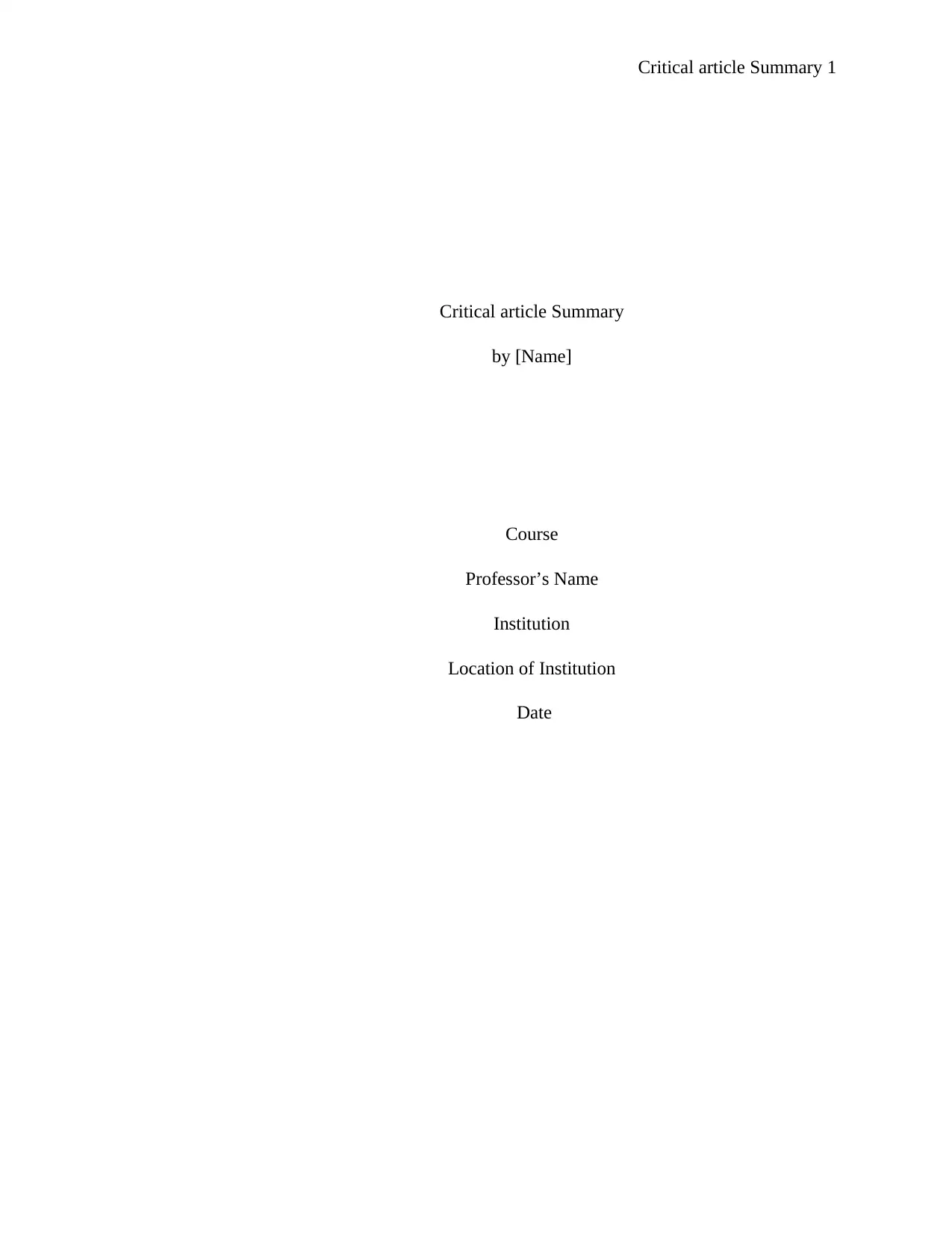
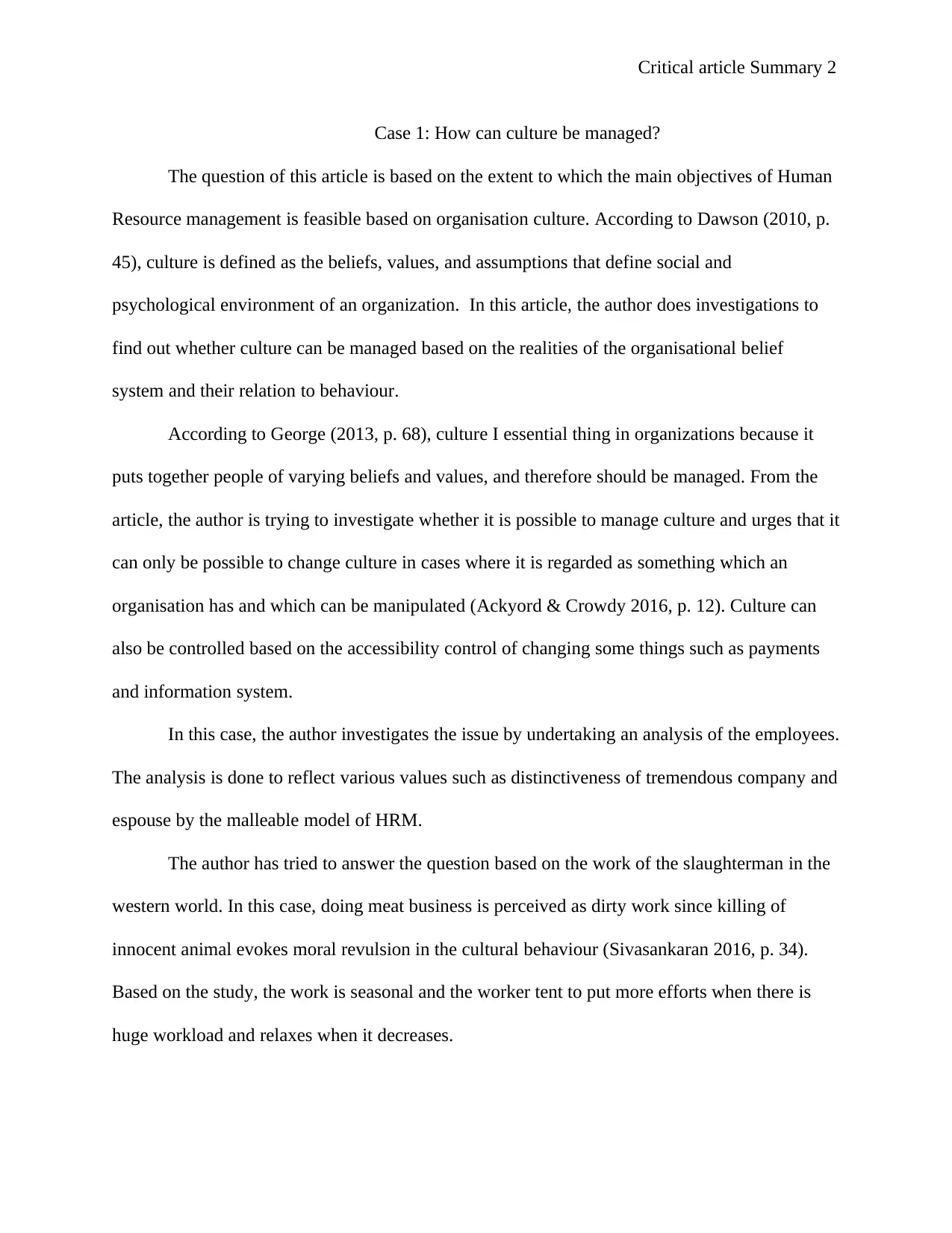
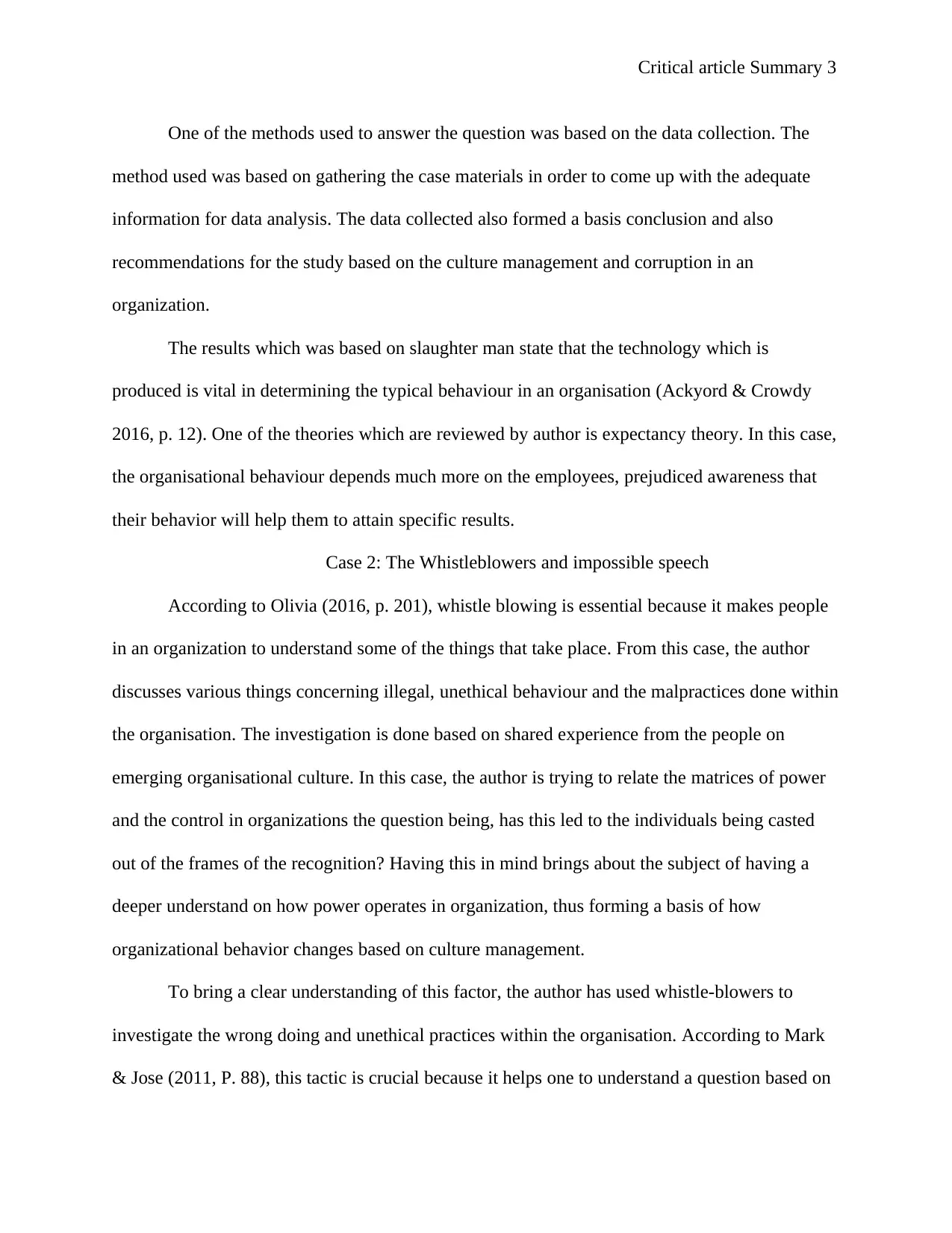
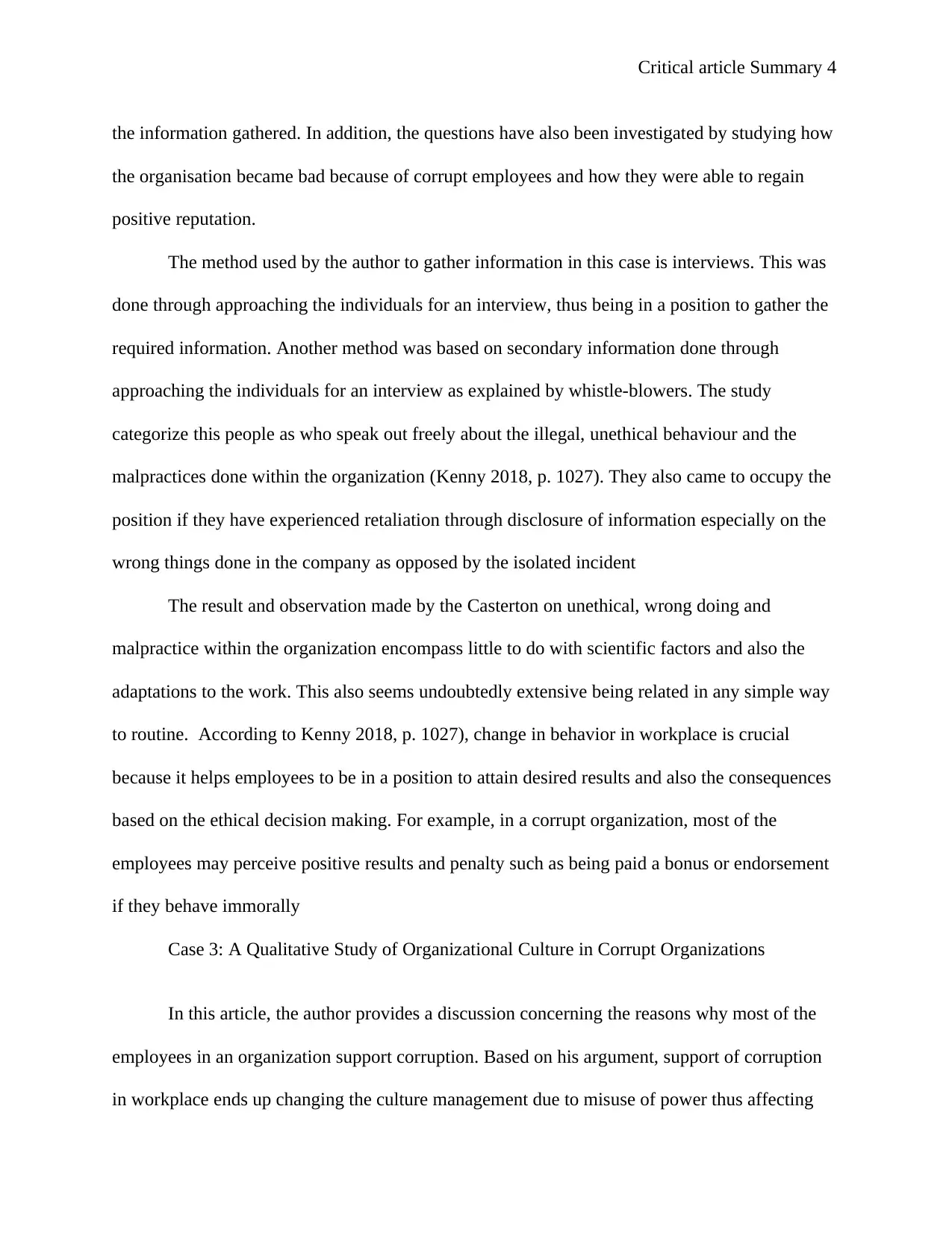
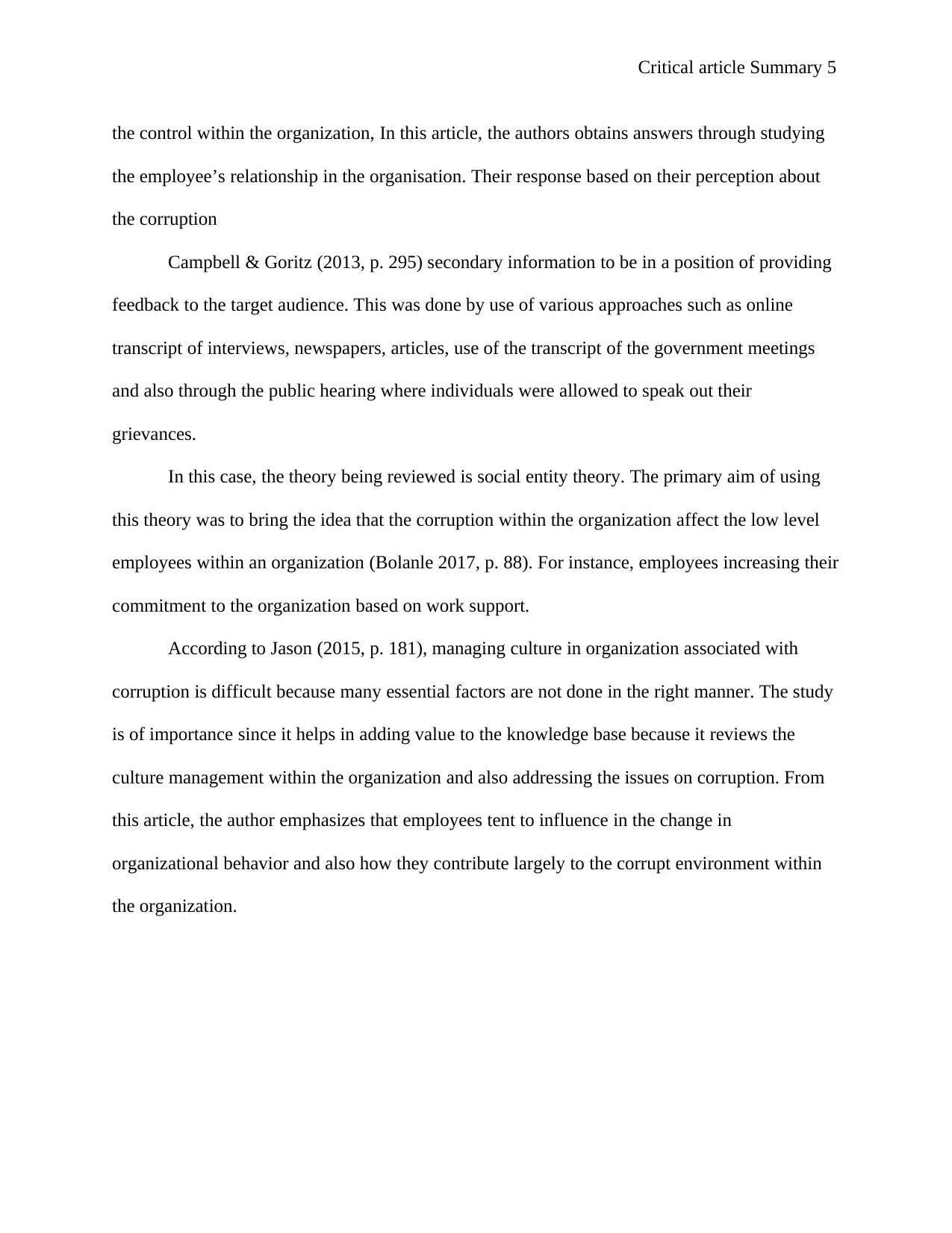
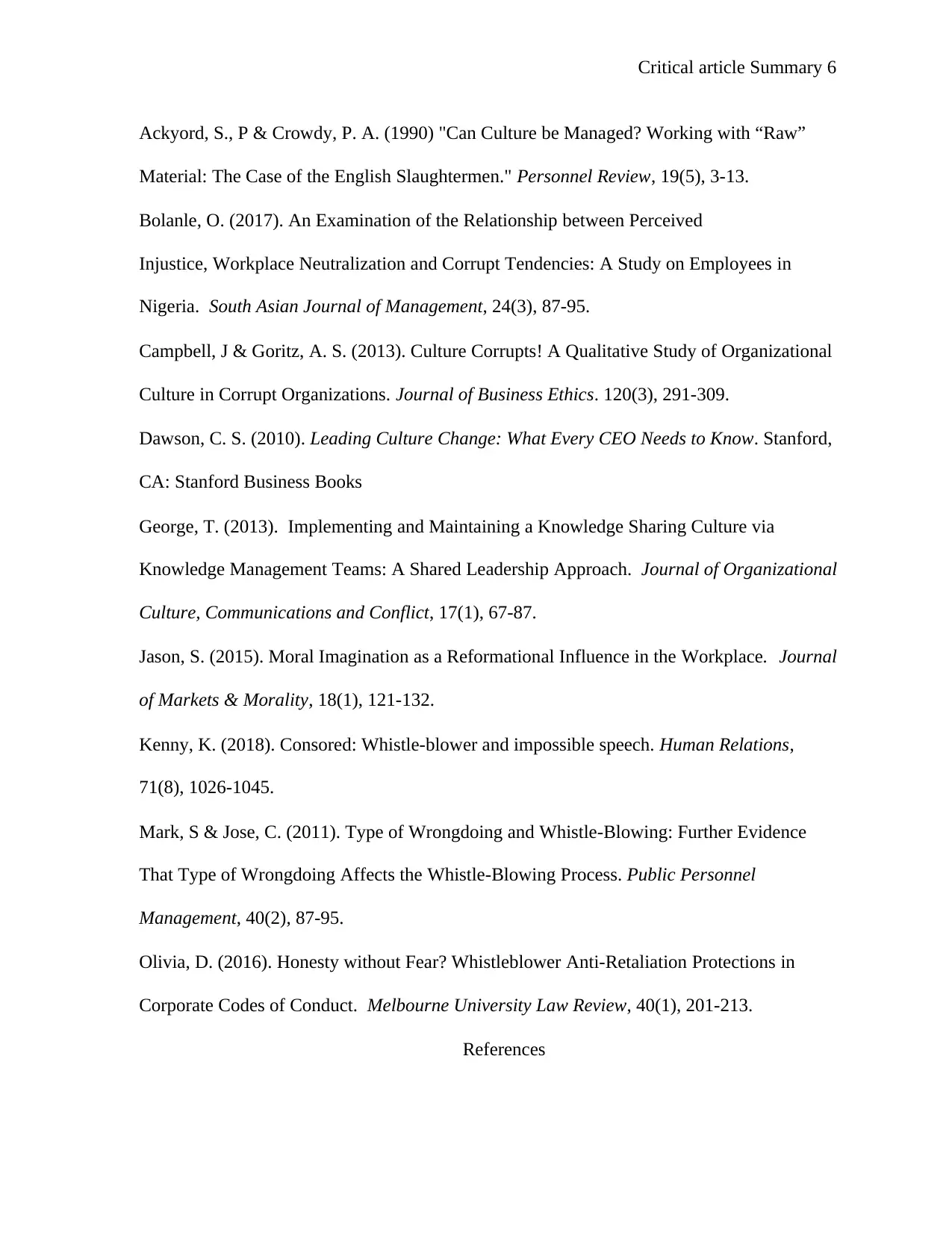
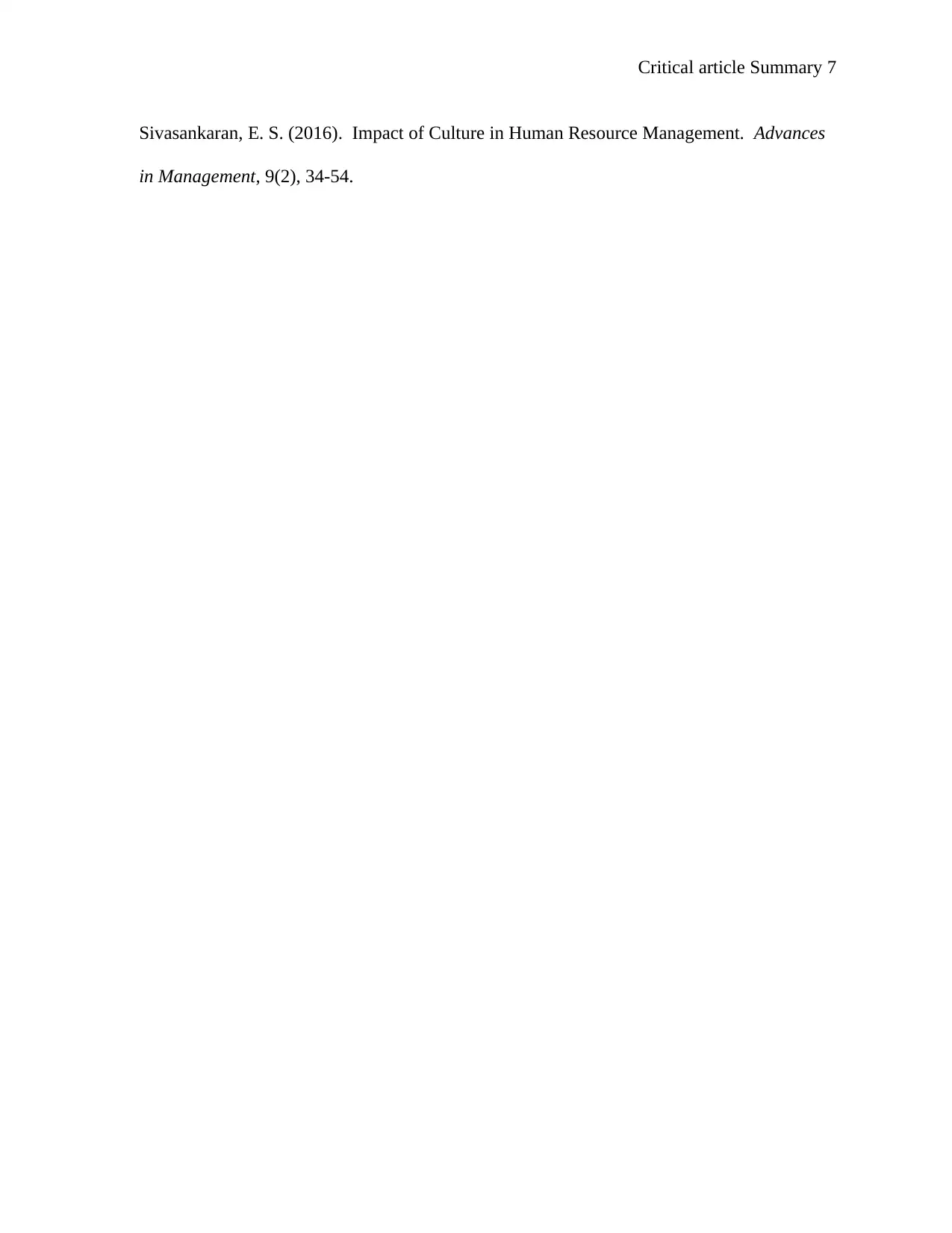





![[object Object]](/_next/static/media/star-bottom.7253800d.svg)